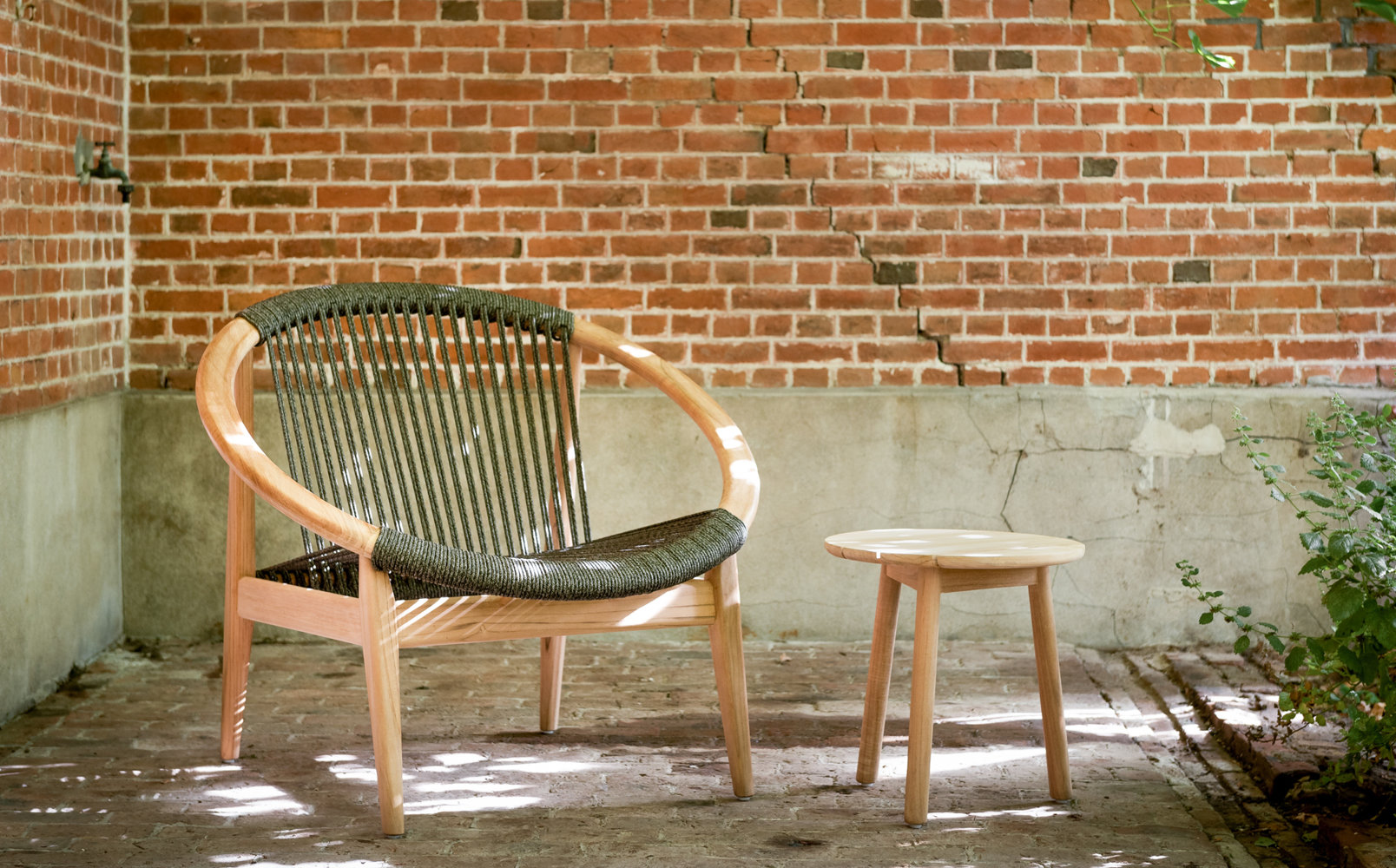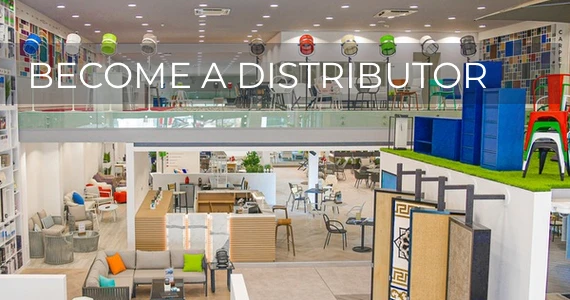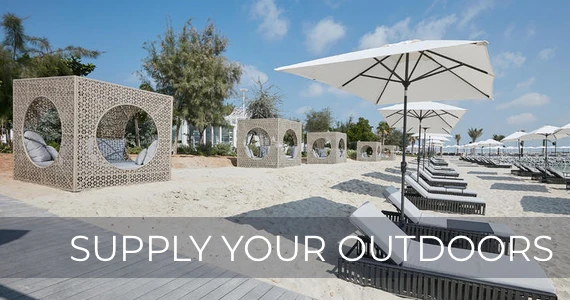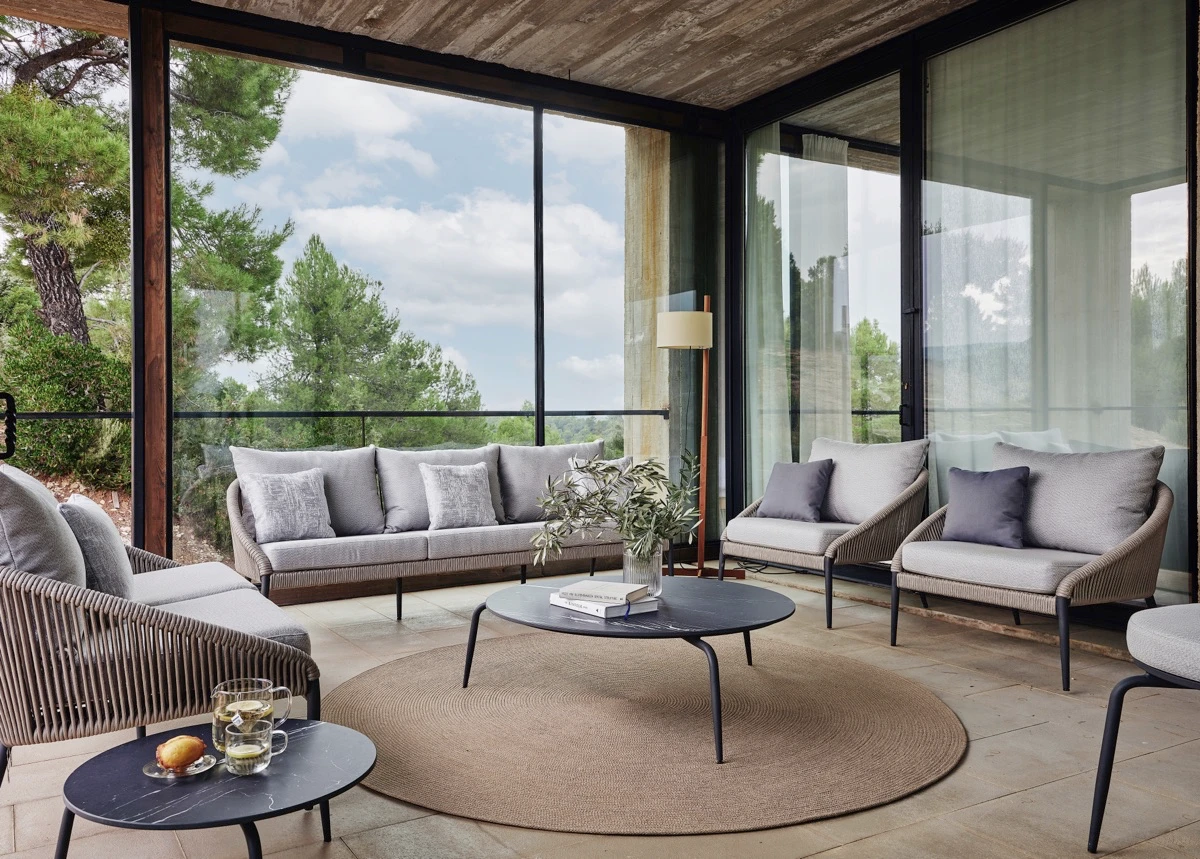
“Inside/outside” in the context of the outdoor furniture industry typically refers to furniture that is designed to be versatile and suitable for both indoor and outdoor use. This type of furniture is designed to withstand the rigors of outdoor conditions, such as exposure to sunlight, rain, and temperature fluctuations, while also being stylish and comfortable enough to be used indoors.
The COVID-19 pandemic prompted a surge in interest in outdoor living spaces. People began spending more time at home, leading to a greater appreciation for outdoor areas like patios, gardens, and balconies. Blurring the lines between indoor and outdoor spaces allows for a seamless transition, creating a more extended and versatile living area.
Now, the trend’s essential characteristics, explained by our experts:
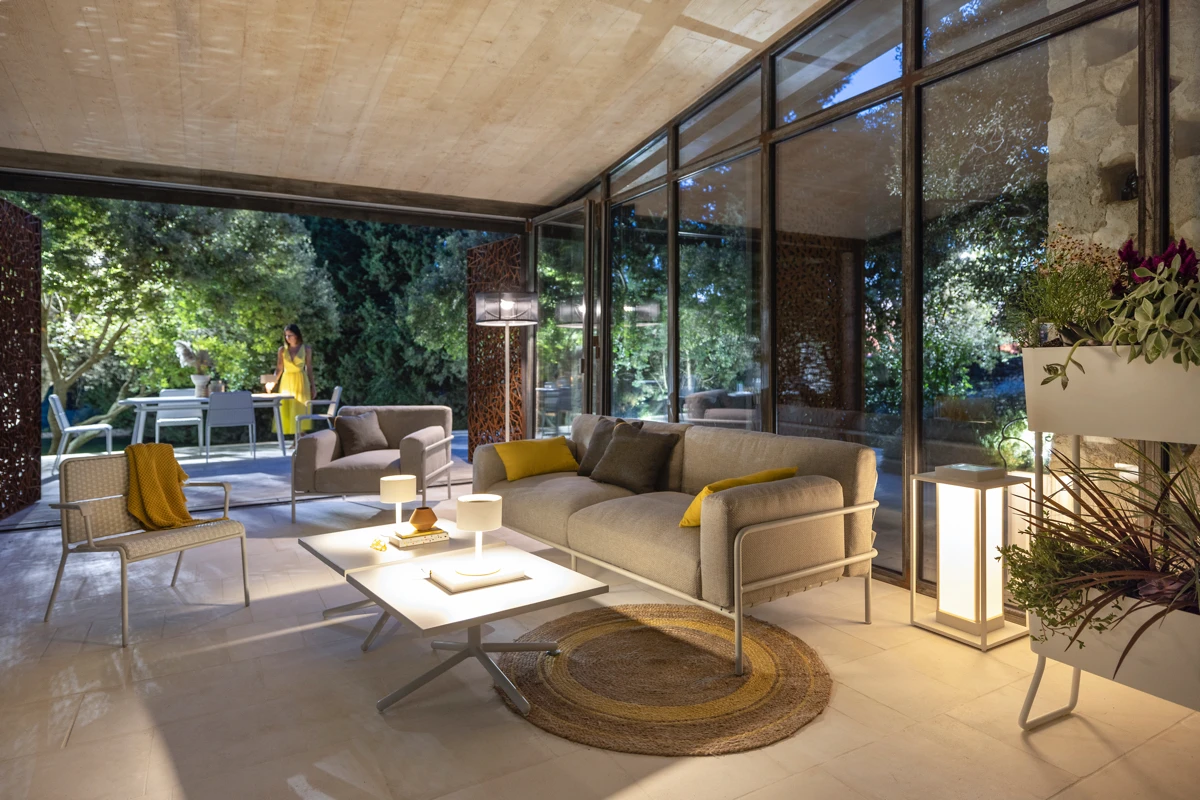
Durability
Inside/outside furniture is often made from materials that are weather-resistant and can withstand outdoor elements. Common materials include teak, aluminium, resin wicker, and outdoor-grade fabrics.
Blurring indoor and outdoor spaces can support sustainability efforts. For example, it allows for better natural ventilation, reducing the need for mechanical cooling and heating. It can also encourage the use of eco-friendly materials and landscaping practices.
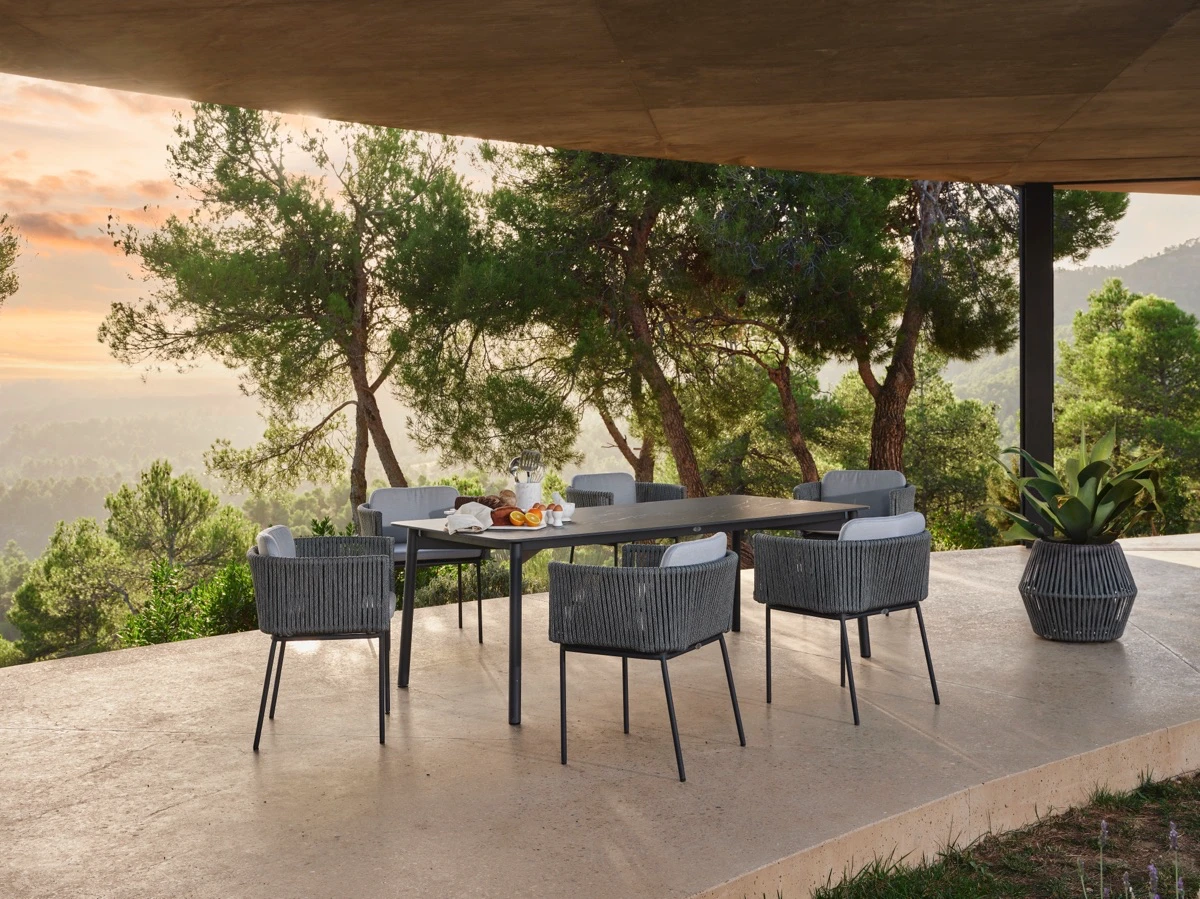
Style and Design
This type of furniture is designed to be aesthetically pleasing and blend seamlessly with indoor decor. It is available in a wide range of styles, colours, and designs to suit various interior and exterior settings. Architects and designers are increasingly incorporating features like large sliding glass doors, retractable walls, and consistent flooring materials to create a seamless flow between indoor and outdoor spaces. This not only enhances the aesthetic appeal but also improves energy efficiency.
Comfort
Inside/outside furniture is comfortable to sit on and use, making it suitable for indoor living spaces as well as outdoor patios, decks, and gardens.
Easy Maintenance: It is typically easy to clean and maintain, which is important for outdoor furniture that is exposed to the elements.
Also, many people are recognizing the mental and physical health benefits of connecting with nature. Integrating indoor and outdoor spaces can enhance the feeling of being surrounded by greenery and natural elements, contributing to a sense of well-being.
Versatility
Inside/outside furniture offers flexibility in terms of where it can be used. It can transition from outdoor use in the warmer months to indoor use during the colder seasons, providing a seamless and versatile option for homeowners.
Resistance to Fading
The materials used in inside/outside furniture are often designed to resist fading so they can maintain their appearance and colour when exposed to sunlight.
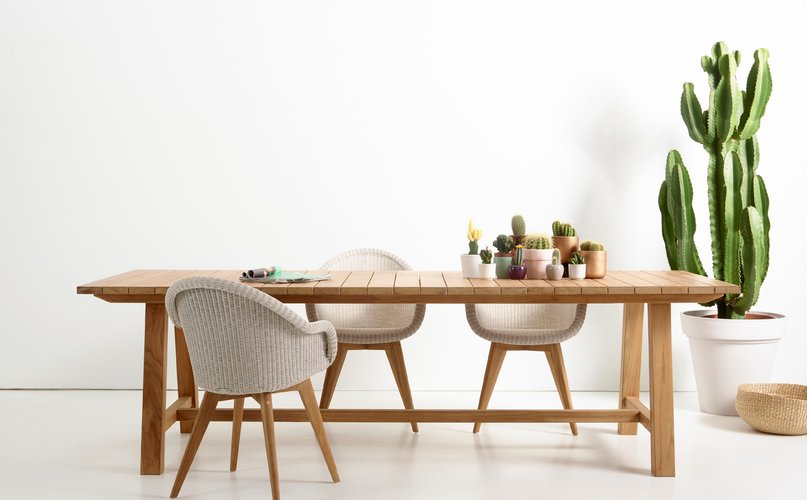
Blending indoor and outdoor spaces is particularly valuable for social gatherings and entertainment. It provides a more extensive area for hosting friends and family, making it a compelling choice for those who value outdoor entertaining.
The desire to connect with nature, create versatile living spaces, and enhance the overall quality of life has led to an increased emphasis on blurring the boundaries between indoor and outdoor areas. This trend is likely to continue as people seek to maximize the functionality and comfort of their homes.
Overall, inside/outside furniture is a popular choice for consumers who want to create a cohesive and stylish living space that seamlessly connects their indoor and outdoor areas. It’s an excellent choice for those looking for furniture that can serve multiple purposes and endure various environmental conditions.
Read more on the topic:
